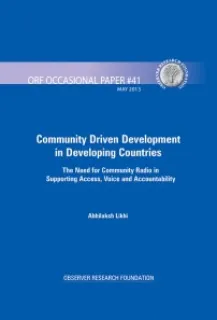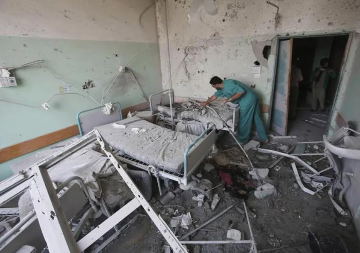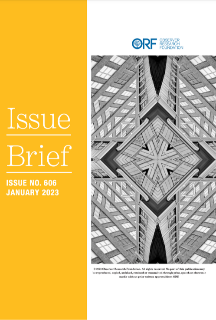This paper highlights the increasing importance of Community Driven Development (CDD) in the delivery of public services to the poorest sections and enhancing access, voice and accountability in developing countries.
Community participation in the delivery of ‘public services’ to the poorest sections of the population in developing countries has often been regarded as an effective mechanism to enhance access, voice and accountability. In this context, Community Driven Development (CDD) is one amongst many development interventions that seek to leverage the role of varied community actors to reach out to the marginalized. CDD treats empowerment of the community as central to making decisions about planning, management and investment of resources that can meet their felt needs. As an operational strategy for national governments, international aid agencies and grassroots civil society organisations it also aims to enable the efficient and effective reach of resources (funds, functions and functionaries) to the communities.
This paper highlights the increasing importance of Community Driven Development (CDD) in the delivery of public services to the poorest sections and enhancing access, voice and accountability in developing countries. Further, in the backdrop of the theory and practice of participatory communication, it examines the need for community radio as an enabler of a socially inclusive process in CDD projects launched by the World Bank. Taking a cue from public policy frameworks and civil society initiatives in community radio outside the fold of the World Bank, the paper outlines how dovetailing community radio to enhance the level of community participation could majorly impact the outcomes of an ongoing World Bank CDD project in the Indian State of Andhra Pradesh. The paper finally provides operational suggestions that could enable national governments, aid, and civil society organisations to strengthen community driven development through participatory community radio programming for effective poverty reduction targeting, capacity building and fostering of an information-rich community in developing countries.

 PDF Download
PDF Download



 PREV
PREV

